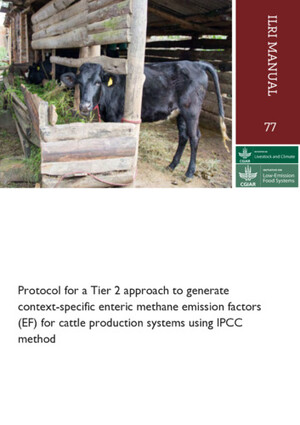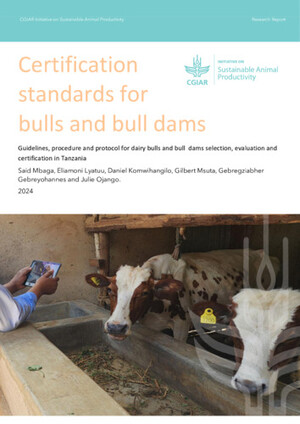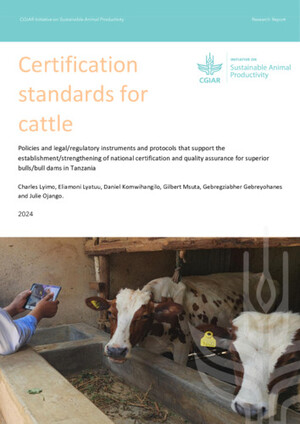
The sero-epidemiology of Rift Valley fever in people in the Lake Victoria Basin of western Kenya
Abstract
Rift Valley fever virus (RVFV) is a zoonotic arbovirus affecting livestock and people. This study was conducted in western Kenya where RVFV outbreaks have not previously been reported. The aims were to document the seroprevalence and risk factors for RVFV antibodies in a community-based sample from western Kenya and compare this with slaughterhouse workers in the same region who are considered a high-risk group for RVFV exposure. The study was conducted in western Kenya between July 2010 and November 2012. Individuals were recruited from randomly selected homesteads and a census of slaughterhouses. Structured questionnaire tools were used to collect information on demographic data, health, and risk factors for zoonotic disease exposure. Indirect ELISA on serum samples determined seropositivity to RVFV. Risk factor analysis for RVFV seropositivity was conducted using multi-level logistic regression. A total of 1861 individuals were sampled in 384 homesteads. The seroprevalence of RVFV in the community was 0.8% (95% CI 0.5–1.3). The variables significantly associated with RVFV seropositivity in the community were increasing age (OR 1.2; 95% CI 1.1–1.4, p<0.001), and slaughtering cattle at the homestead (OR 3.3; 95% CI 1.0–10.5, p = 0.047). A total of 553 slaughterhouse workers were sampled in 84 ruminant slaughterhouses. The seroprevalence of RVFV in slaughterhouse workers was 2.5% (95% CI 1.5–4.2). Being the slaughterman, the person who cuts the animal’s throat (OR 3.5; 95% CI 1.0–12.1, p = 0.047), was significantly associated with RVFV seropositivity. This study investigated and compared the epidemiology of RVFV between community members and slaughterhouse workers in western Kenya. The data demonstrate that slaughtering animals is a risk factor for RVFV seropositivity and that slaughterhouse workers are a high-risk group for RVFV seropositivity in this environment. These risk factors have been previously reported in other studies providing further evidence for RVFV circulation in western Kenya.
Citation
Cook, E.A.J., Grossi-Soyster, E.N., Glanville, W.A. de, Thomas, L.F., Kariuki, S., Bronsvoort, B.M. de C., Wamae, C.N., LaBeaud, A.D. and Fèvre, E.M. 2017. The sero-epidemiology of Rift Valley fever in people in the Lake Victoria Basin of western Kenya. PLOS Neglected Tropical Diseases 11(7): e0005731.









